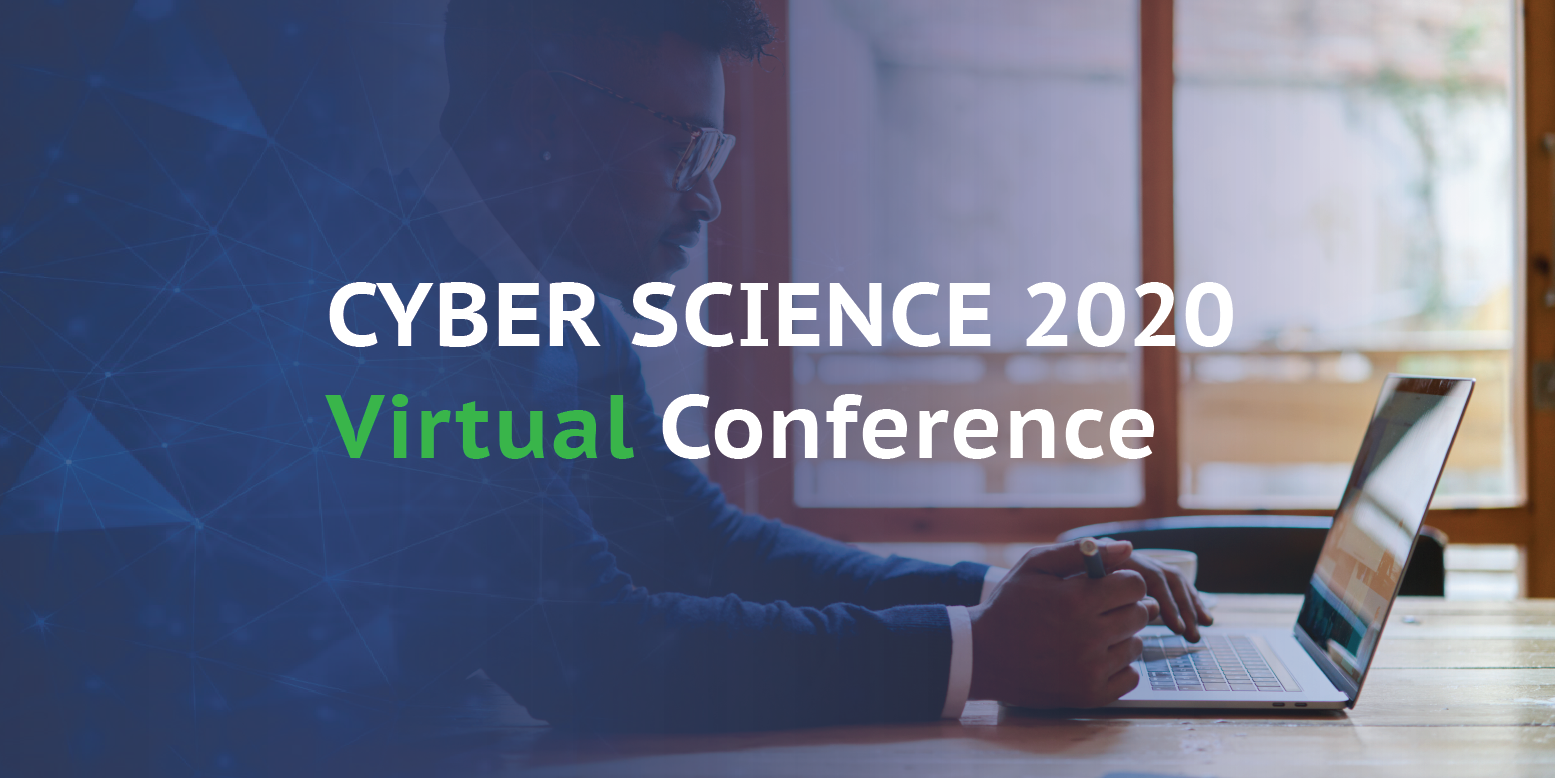We recommend putting a face to the voice, solely audio based events can result in attendees tuning out. As well as this, anybody can speak about a topic, but someone who is passionate will be more likely to engage the audience, therefore in hosting your online event it is important to have speakers who are excited and enthusiastic about the topic they are speaking about. Speakers can incorporate interactive features to their session. For example, a live Q&A which allows for engagement between the speaker and the audience members.

